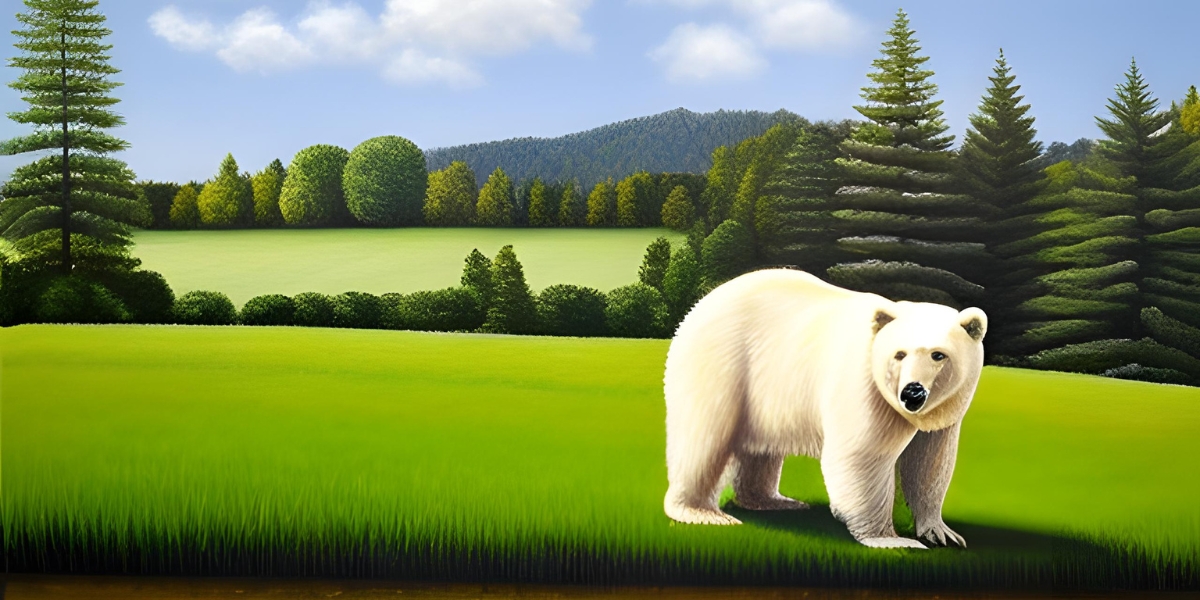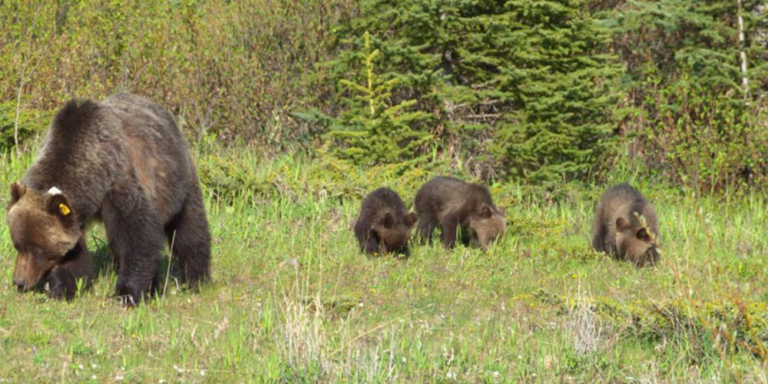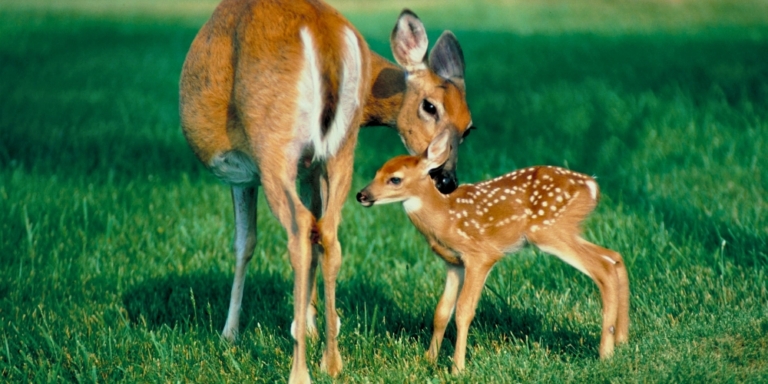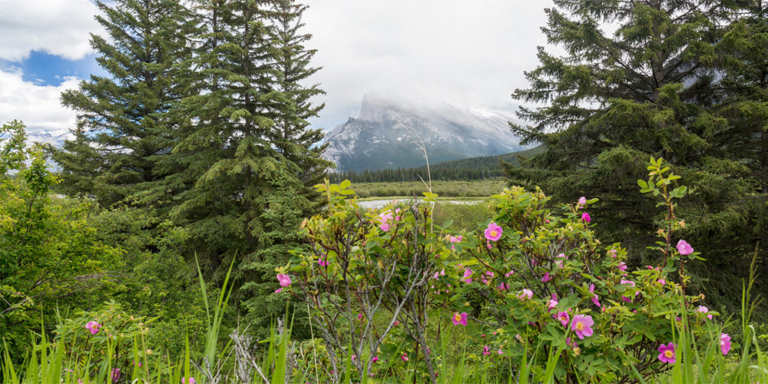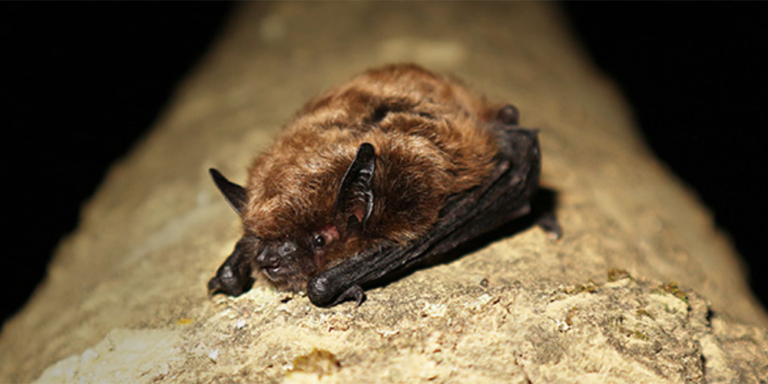Nakoda is a female grizzly bear famed for her rare white fur. She made headlines in 2020, after Rimrock Resort Hotel in Banff posted footage of the snow-white beauty.
According to experts, Nakoda’s white fur results from a recessive gene, not albinism. She is even rarer than other kinds of white bears, including polar bears and spirit bears.
“This is pretty special. When you have iconic species like the grizzly bear…and genetic variation shows up like this, it really captures our imaginations,” Nicholas Scapillati, head of the Vancouver-based Grizzly Bear Foundation, told The Guardian.
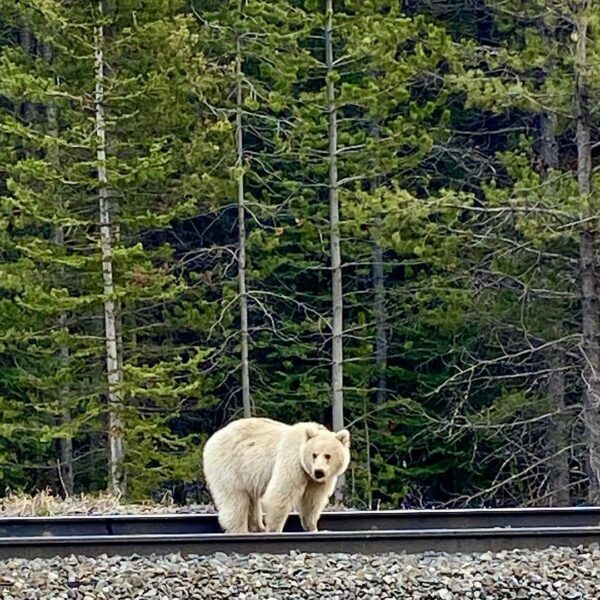

Nakoda was named by the Bow Valley Network, which held a vote on Facebook to decide on a name. Fans voted for ‘Nakoda,’ which means ‘friend’ or ‘ally’ in the native language of Bearspaw, Chiniki, and Wesley First Nations.
In the video posted by Rimrock, Nakoda curiously sticks her nose in the snow, looking for food. However, Nakoda’s curiosity has caused trouble on many occasions.
For example, Nakoda likes to climb highway fencing to look for dandelions, putting her at risk of being hit by vehicles.
Nakoda lost both her mother and sibling due to vehicle collisions. Wildlife advocates are now asking Parks Canada to implement a no-stopping zone along the Trans-Canada Highway near Yoho National Park, where Nakoda is known to feed.
“Parks Canada staff have been working hard to protect the white bear and will continue to encourage it to use safer habitat away from roads and the community…,” James Eastham, a spokesperson for Parks Canada, told CTV News.
No-stopping zones prevent motorists from stopping in areas where bears and other animals are very active. Wildlife and other motorists are at risk when vehicles stop along curved corners or narrow shoulders.
Additionally, when too many people stop to view wildlife, animals are at risk of losing their natural fear of humans. This puts them at greater risk of being struck by vehicles. Nakoda is no exception.
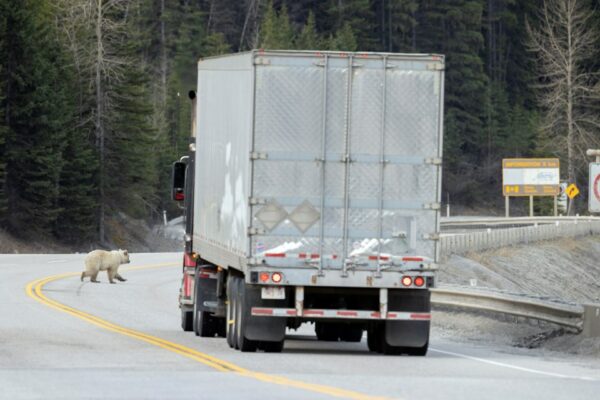

“I’ve personally witnessed her avoid getting hit by semi-trucks by less than a metre two times now in the past three years. Her sister was not so fortunate,” John Marriott, a local wildlife photographer, told the Rocky Mountain Outlook.
Marriott thinks protecting Nakoda into her adulthood should be a top priority for Parks Canada but argues the agency needs to be equipped to do so.
Last year, the capital budget for Canada’s national parks and historic sites was slashed by more than two-thirds, despite more than 30% of the agency’s assets being in poor or very poor condition.
“I don’t think Parks Canada is well situated at all to deal with this…The ground staff is doing all they can, but they need far more support and funding from upper management,” commented Marriott.
In the next few weeks, Parks Canada will implement management tools in the area. This includes temporary speed reductions, dandelion control in high-risk collision areas, and no-stopping zones.
The agency will also use wildlife management techniques such as hazing to reduce animal frequency in high-risk areas like roadways.

